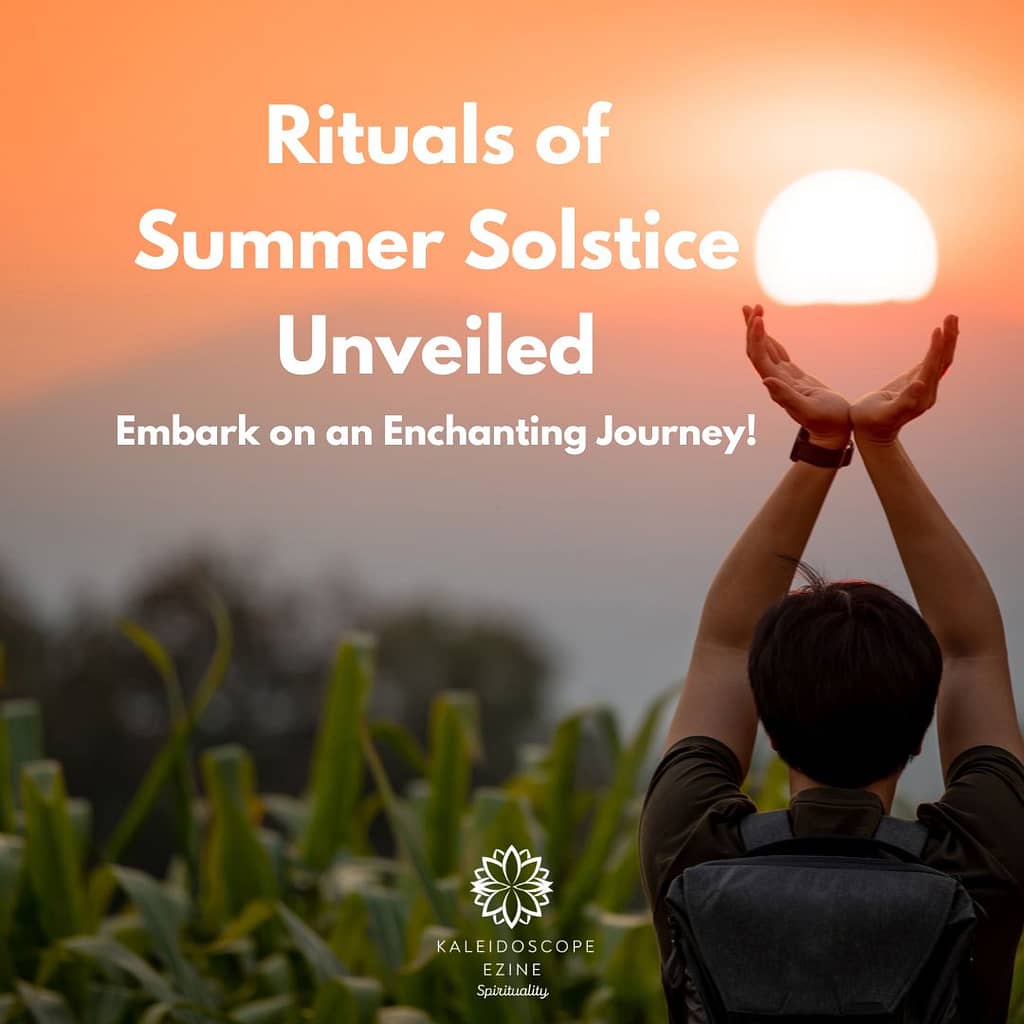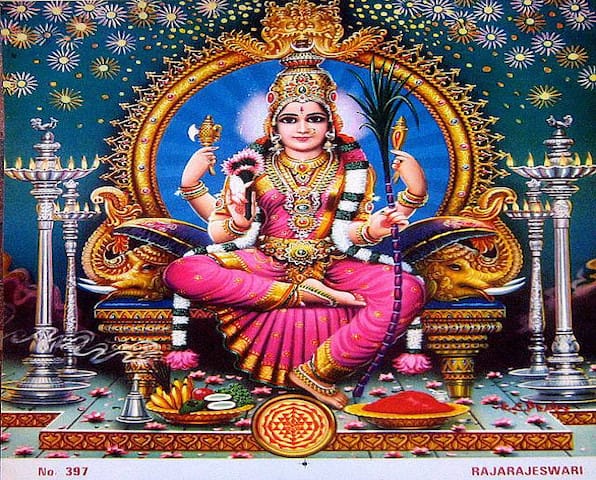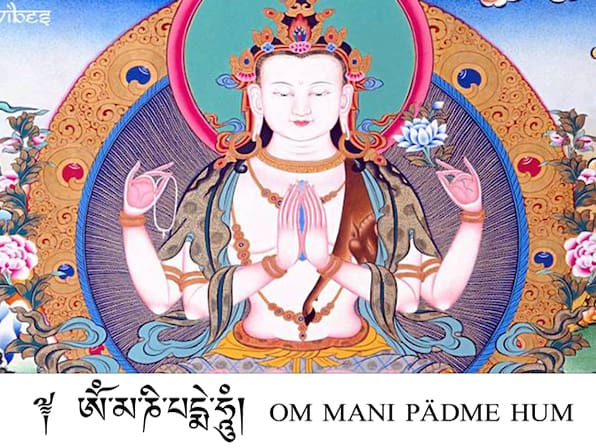As the summer days grow longer and the sun reaches its highest point on the Tropic of Cancer, communities around the world come together to commemorate the Summer Solstice—a venerable and cherished event steeped in cultural customs. Astronomically, this is the longest day of the year as Earth’s tilt towards the sun is at a maximum. Every year it falls on the 21st of June.
This is considered to be an important day for the Pagans or nature worshippers. This pivotal juncture marks the change of astronomical season from spring to summer and carries significant importance across diverse cultures. In this article, we will embark on an insightful journey into the captivating rituals associated with the Summer Solstice, delving into their historical origins, diverse practices, and their enduring relevance in the modern world.
I. The Summer Solstice: A Celestial Phenomenon
The Summer Solstice, known as Midsummer or Litha, manifests when the sun reaches its zenith in the Northern Hemisphere. Falling around June 21st, it heralds the year’s longest day and shortest night. Summer solstice is when the Sun enters Cancer. Cancer is a cardinal sign. Cardinal signs of Aries, Cancer, Libra, and Capricorn mark the beginnings of seasons.

II. Ancient Origins and Cultural Significance
Prehistoric Origins: Archaeological evidence suggests that ancient civilizations held the Summer Solstice in reverential regard as a symbol of fertility, abundance, and the triumph of light over darkness. Notably, Stonehenge—an iconic monument in England—stands in an intricate alignment with the sunrise on the day of the Summer Solstice.
Cultural Significance: The Summer Solstice assumes profound cultural significance worldwide. From the blazing bonfires of Scandinavia to the vivacious festivities of Latin America, this event is celebrated in myriad ways, underscoring the deep-seated interconnection between humankind and the natural world.
III. Rituals and Traditions
Bonfires and Fire Festivals: Summer solstice is associated with rituals of bonfires in many different cultures. These roaring flames embody purification, protection, and the jubilation of light. Fire festivals, such as the renowned Bonfire Night in the UK or the Feast of Saint John in Spain, entail processions, music, dance, and awe-inspiring firework displays that infuse the rituals of summer solstice with enchantment.
Sunrise and Sunset Observances: Welcoming the rising or setting sun on the day of the Summer Solstice stands as a prevalent practice. Gatherings take place at designated locations, often atop hills or sacred sites, where individuals bear witness to this celestial spectacle. These rituals of summer solstice are accompanied by moments of meditation, prayers, and heartfelt expressions of gratitude for the sun’s life-sustaining energy.
Flower Crowns and Wreaths: The artistry of crafting and adorning flower crowns and wreaths constitutes a cherished tradition synonymous with the Summer Solstice. Symbolizing nature’s opulence and beauty, these floral creations intertwine vibrant blooms, leaves, and aromatic herbs. They grace the heads of celebrants, serving as tokens of affection and friendship that enrich the rituals of summer solstice. Herbs associated with summer solstice include chamomile, lavender, sage, mint, and calendula.
IV. Modern Interpretations and Adaptations
Contemporary Festivals: Many communities have revived ancient rituals in a more contemporary form to shape modern-day festivals centered around the Summer Solstice. Notable examples include the internationally renowned Burning Man Festival in the United States, where participants gather in Nevada’s arid expanse to revel in art, community, and self-expression. These festivals ingeniously blend traditional rituals of summer solstice with avant-garde artistic expressions.
Ecological Awareness: In recent years, the Summer Solstice has become an occasion to raise awareness about environmental issues and foster sustainable practices. Celebrations often incorporate eco-friendly initiatives such as tree planting, cleanup drives, or educational workshops on renewable energy. These endeavors aim to align the modern rituals of summer solstice with ecological consciousness and stewardship.
V. The Enduring Relevance of Summer Solstice Rituals
The enduring popularity of summer solstice rituals can be attributed to their ability to forge profound connections between individuals and the natural world, foster a sense of community, and inspire introspection. In an era characterized by a frenetic pace, these rituals invite people to reconnect with their surroundings and embrace the ever-changing seasons. The rituals of summer solstice serve as reminders of our inherent connection to the natural world and the need to honor and preserve it for future generations.
Conclusion
The rituals of summer solstice, remind us of the ancient wisdom and the enduring bond between humanity and the natural realm. This is a powerful time to connect with nature, nature’s elements, and the elements that make us. It is truly a reminder of the fact “As within, so without”. As we celebrate the Summer Solstice and partake in the rituals of summer solstice, let us revel in the radiant warmth of the sun, immerse ourselves in the breathtaking beauty of nature, and embrace the profound unity that binds us all.


